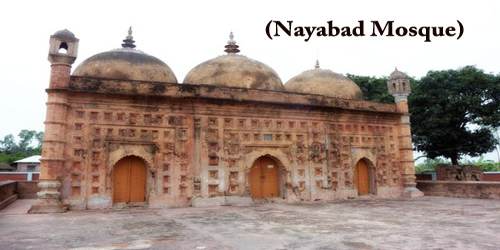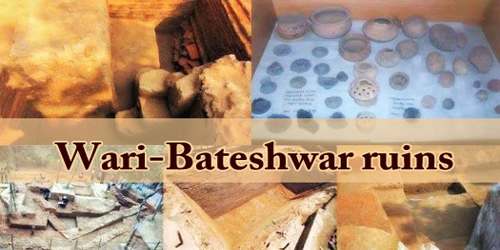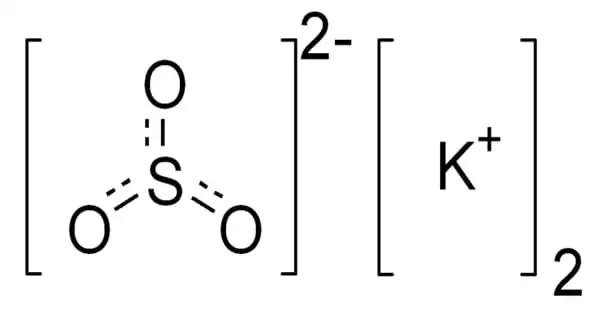Nayabad Mosque (Bengali: নয়াবাদ মসজিদ) or Noyabaad Mosque is located on the bank of the Dhepa River in Ramchandrapur Union village Nayabad under Kaharol Thana of Dinajpur District, Bangladesh, about 20 km north-west of the district town. Completed in 1793 CE during the rule of Mughal emperor Shah Alam II, the mosque was designed by Muslim architectural staff, who came from Persia to build the Kantajew Temple for their own use, as suggested by local belief. The mosque, constructed on approximately 1,15 bighas of ground, was renovated by the Bangladesh Department of Archaeology. Recently a madrasa was set up in front of the mosque. It’s an oblong three-domed mosque with octagonal towers at the four corners and measures 12.45m’ 5.5m externally. The walls are 1.10m thick. Of the three arched entrances, the central one is larger than the flanking ones. These are equally tall and width. The central arch is 1.95m high and 1.15m wide. There’s an arched window each on the south and north sides. Multi-cusped arches are utilized in the doorways and windows. There are three mihrabs inside the western shut in line with the three entrances. The main mihrab (2,30 m tall and 1,08 m wide) is bigger than the flanking ones of the same size. The mosque is enclosed by three hemispheric domes, the main one of which is bigger than the lateral. Pendants were used during their transitional period. The parapet and cornice are straight.
The building’s (mosque) exterior dimensions are 12.45 meters (40.8 ft) by 5.5 meters (18 ft), with walls 1.10 meters (3.6 ft) thick. For the four corner towers at the top of the four outer corners of the two mosques (northeastern and northwestern) also have the cupolas. The higher of the opposite two is now bare. The corner towers are plastered and gradually tapering; each had a lantern-like chhatri on the highest crowned with a cupola. Four bands at regular intervals decorate the surface of every tower. The terracotta plaques used in the mosque’s decoration have become loose and have been damaged to most. Around 104 terracotta plaques (rectangular in form, 0.40m’ 0.30m) are currently used in mosque wall surface decoration. Many of them, though damaged, exhibit floral and creeper motifs. It is worth noting that one includes a representation of a pair of peacocks.
















